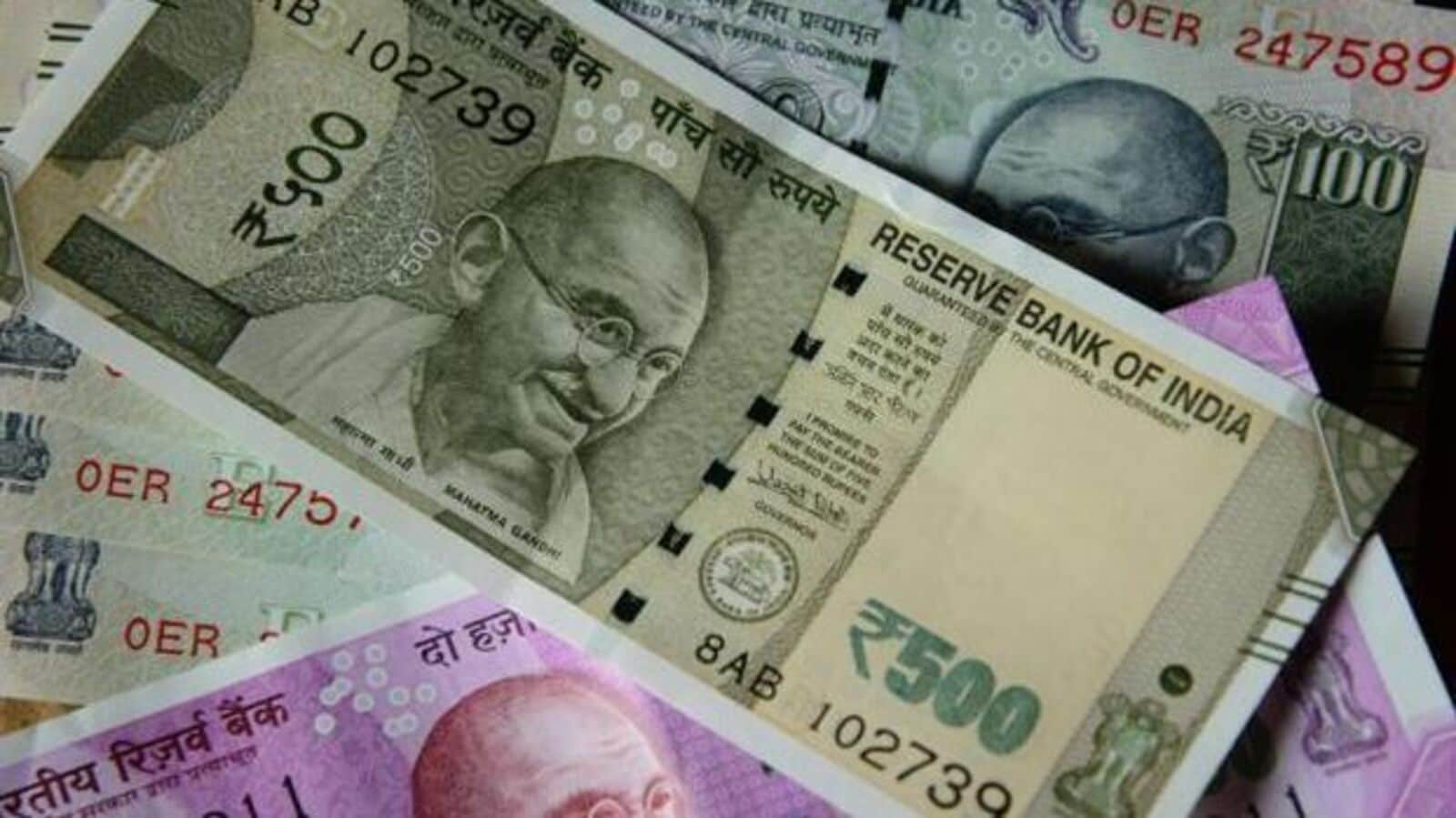Farm loan waivers, a significant risk for Indian banks, have come under scrutiny once more as six states prepare for elections in the next 18 months. Most of these states are predominantly agrarian, heightening expectations for farm loan waiver announcements.
Farm loan waivers have become a common promise in Indian elections. According to IIFL Securities, such waivers, amounting to ₹3 trillion across 18 states over the past decade, have led to a 30-85% spike in agricultural non-performing assets (NPAs).
With the upcoming elections and recent waiver announcements in a few states, the brokerage analysed SLBC data to identify banks at risk. These six states have outstanding agricultural loans of ₹6.7 trillion, constituting 25% of the system’s agricultural loans and 3% of the total system loans. They already exhibit an agricultural gross NPA ratio of 5–19%, it says.
Public sector banks, including Union Bank, Central Bank of India, Bank of India, Punjab National Bank, SBI, Bank of Baroda, Bank of Maharashtra, and Canara Bank, show significantly higher agricultural GNPA ratios of 15–25% in these election-bound states, compared to 3-4% for private banks, says the report.
Furthermore, the brokerage highlighted the rising risk for select NBFC-MFIs and SFBs due to increasing MFI stress. With a notable rise in 30+ days past due (DPD) in March 2024 and a significant increase in forward flows (1.2–3.6x QoQ), IIFL anticipates a surge in slippages from these early bucket delinquencies into NPAs in the June 2024 quarter, similar to the situation with ESAF.
Slippages could be higher for lenders with substantial exposure in Madhya Pradesh, Rajasthan, and Kerala, where 30+ DPD increased by 140–300 basis points QoQ in March 2024. The brokerage also expressed concern for lenders with higher exposure in Bihar, given its runaway growth (1.5x the industry over the last two years) and overleveraging (19% of customers borrowing from more than three lenders).
Spandana Sphoorty Financial, Muthoot Microfin, ESAF SFB, Fusion SFB, and Utkarsh SFB have 36%-74% of their MFI exposure in these four states and Uttar Pradesh, which, like Bihar, is experiencing high growth but with lower overleveraging.
How exactly do farm loan waivers function?
Scheduled banks offer loans to individual farmers or groups of farmers for agricultural or allied activities, including dairy, fishery, animal husbandry, poultry, beekeeping, and sericulture. Short-term loans (up to 18 months) are provided for raising crops during the Kharif and Rabi seasons, while medium-term (more than 18 months up to 5 years) and long-term (beyond 5 years) loans are available for purchasing agricultural machinery, irrigation, and other developmental activities.
Additionally, loans are available for pre-harvest and post-harvest activities such as weeding, harvesting, sorting, and transporting farm produce. Most loans have a repayment period in instalments up to five years, and interest rates vary depending on the nature of the loans and the issuing banks.
A successful harvest benefits both farmers and banks, as instalments are paid on time. However, in the event of a poor monsoon or natural calamities, farmers may be unable to repay loans on schedule.
Over time, these loans can compound, adding to the distress of farmers alongside the strain from crop loss and other damages. In such cases, the central or state government intervenes by offering waivers of penal interest or loan interest, rescheduling loans, or providing full waivers of outstanding farm loans. The repayment liability to the banks is transferred to the government.
Disclaimer: The views and recommendations given in this article are those of individual analysts. These do not represent the views of Mint. We advise investors to check with certified experts before taking any investment decisions.


